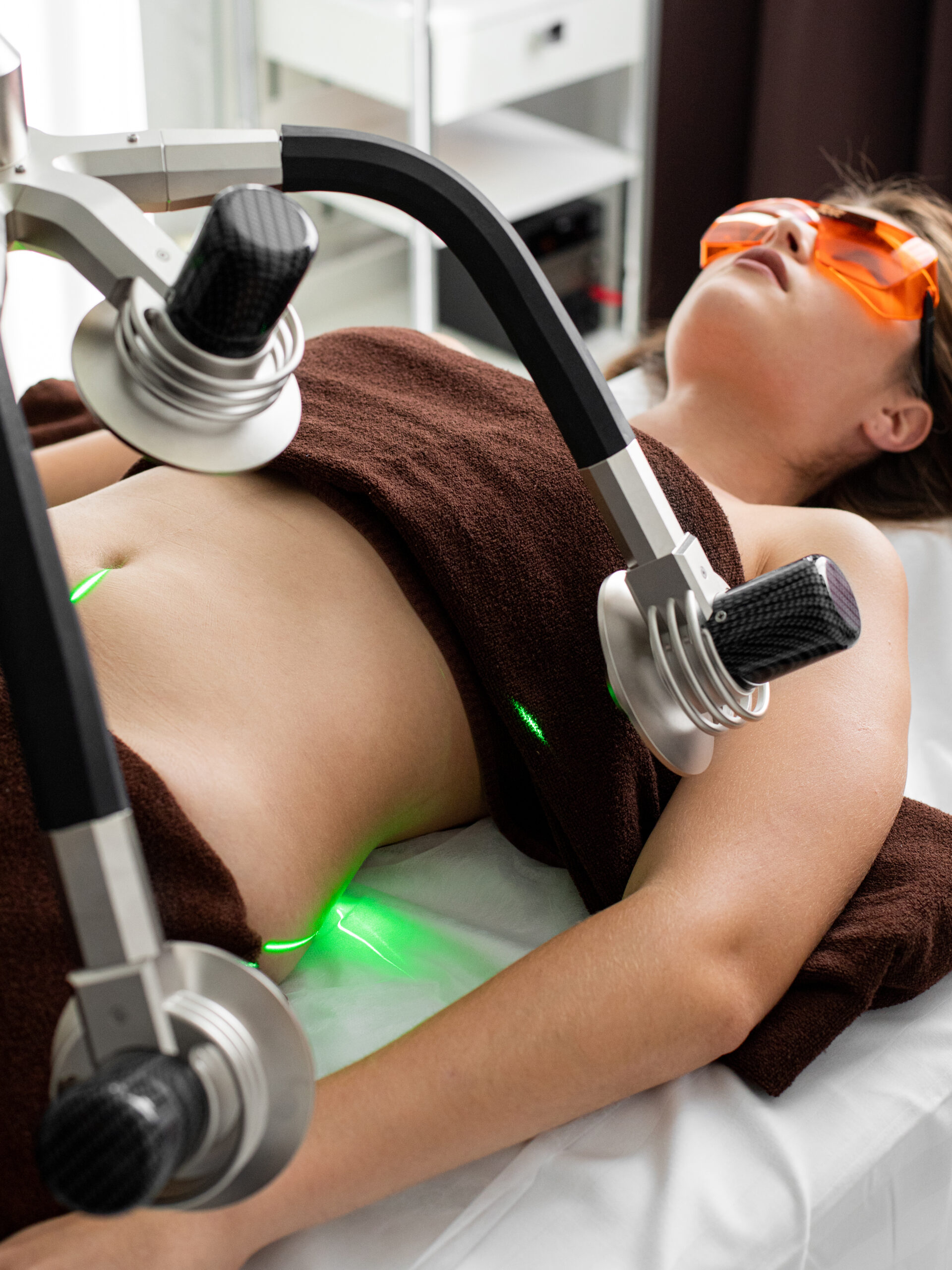Can light therapy help treat rosacea?
Title: Shedding Light on Rosacea: Can Light Therapy Offer Relief?
Introduction:Rosacea is a chronic skin condition characterized by facial redness, visible blood vessels, and sometimes small, red, pus-filled bumps. While it may not be life-threatening, rosacea can significantly impact a person’s self-esteem and quality of life. With various treatment options available, one that has been gaining attention in recent years is light therapy. But could this non-invasive approach truly be a ray of hope for individuals struggling with rosacea? Let’s delve into the details.
Understanding Light Therapy:Light therapy, also known as phototherapy or photodynamic therapy (PDT), involves using specific wavelengths of light to target various skin conditions. This therapeutic technique has been successfully employed to treat acne, psoriasis, eczema, and even certain types of skin cancer.
Types of Light Therapy for Rosacea:Two primary forms of light therapy that have shown promise in managing rosacea symptoms are intense pulsed light (IPL) and light-emitting diode (LED) therapy.
1. Intense Pulsed Light (IPL):IPL utilizes broad-spectrum light beams to target blood vessels and reduce the redness associated with rosacea. By emitting multiple wavelengths of light, IPL can selectively heat the dilated blood vessels responsible for the visible redness, leading to their eventual closure. Additionally, IPL can also stimulate collagen production, improving overall skin texture.
2. Light-Emitting Diode (LED) Therapy:LED therapy employs a narrow spectrum of light, usually in the red or green range, which has anti-inflammatory and healing properties. Red LED light specifically helps reduce inflammation and redness, while green LED light targets pigmentation issues. LED therapy aims to calm irritated skin, minimize redness, and promote skin rejuvenation.
Effectiveness of Light Therapy for Rosacea:While light therapy holds promise for managing rosacea, it is essential to note that individual results may vary. Some patients may experience significant improvement, while others may see limited benefits. The efficacy of light therapy depends on various factors, including the severity of the condition, the duration and frequency of treatments, and the patient’s overall skin type and sensitivity.
Potential Benefits and Considerations:1. Noninvasive and Painless: Light therapy is a non-invasive treatment option that generally causes minimal discomfort. Sessions are relatively quick, and no downtime is required.2. Long-lasting Results: For many individuals, light therapy can provide long-lasting improvement in rosacea symptoms. However, maintenance sessions may be necessary to sustain the desired outcome.3. Combined Approaches: Light therapy is often used in conjunction with other treatments, such as topical medications or laser therapy, to enhance the overall effectiveness.4. Side Effects: While generally considered safe, light therapy may cause temporary side effects such as mild redness, swelling, or slight skin discoloration. These effects usually subside within a few days.
Conclusion:Light therapy shows promise as a non-invasive treatment option for individuals struggling with rosacea. By targeting the underlying causes of the condition, light therapy can help reduce redness, calm inflammation, and improve overall skin appearance. However, it is crucial to consult with a dermatologist or healthcare professional to determine whether light therapy is suitable for your specific case of rosacea. They can guide you on the optimal treatment plan, considering your skin type, severity of symptoms, and other relevant factors. Remember, a customized approach is key to finding the most effective solution for managing rosacea and restoring your confidence.



